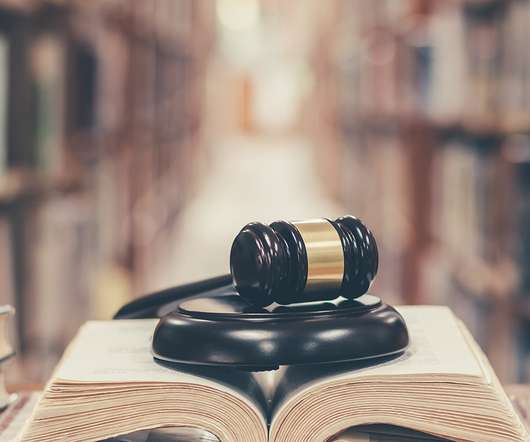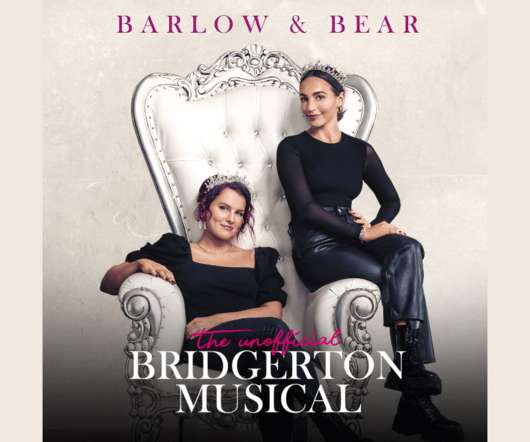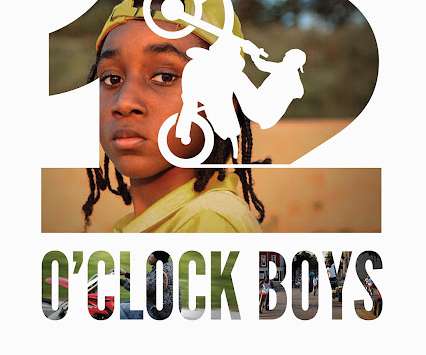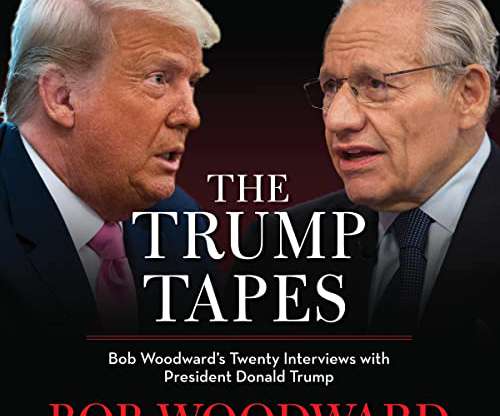Prince, Prince, Prints: Will the Supreme Court Revisit Fair Use?
LexBlog IP
FEBRUARY 28, 2022
1] That decision shook the art world, as it seems to dramatically narrow the scope of the fair use doctrine, and raises doubts about the lawfulness of many existing works. [2] Goldsmith counterclaimed for copyright infringement. It found that all four fair use factors weighed against fair use. [12]













Let's personalize your content